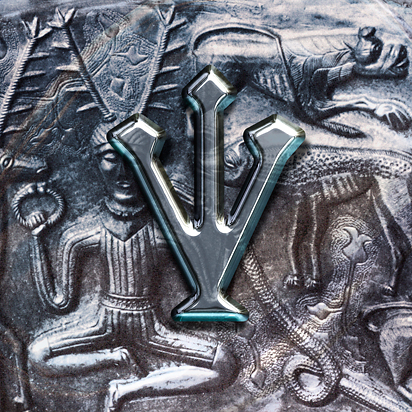
Sterling silver is an alloy with minor amounts of copper or some other metal. It is used for jewellery and silver tableware, where appearance is important: Sterling Silver (1913).
Silver is used to make mirrors (Silver-glass-mirror making (1926)) as it is the best reflector of visible light known, although it does tarnish with time. It is also used in dental alloys (Improvements in or relating to alloys of palladium, silver and copper (1931)), solder (Silver-solder (1921)), brazing alloys (Silver brazing alloy containing indium (1948)), electrical contacts (Silver electric contact (1941)), and batteries (Improvements in or relating to alkaline electric cells or batteries (1959)).
Silver-containing paints are widely used for making electrically conducting paths and circuits: Silver paint (1951).
Silver chloride, bromide and iodide were important in the history of photography, because of their sensitivity to light (Improvements in the Production of Halogen Compounds of Silver (1898)). Even with the rise of digital photography, silver salts are still important in producing high-quality images and protecting against illegal copying. Light-sensitive glass (such as in photochromic lenses) works on similar principles (Silver Halide-Containing Photochromic Elements (1978)); it darkens in bright sunlight and becomes transparent in low sunlight.
Silver has antibacterial properties and silver nanoparticles are used in clothing (Improved process for the preparation of stable suspension of nano silver particles having antibacterial activity (2013), and to prevent against bacterial activity (Antimicrobial textile material containing metallic silver nano-particles, used for production of, e.g. underwear, towels, cleaning cloths, awnings, bandages and work clothing for medicine or the food industry (2007)).
References:
All patent information has been obtained from Espacenet (European Patent Office).